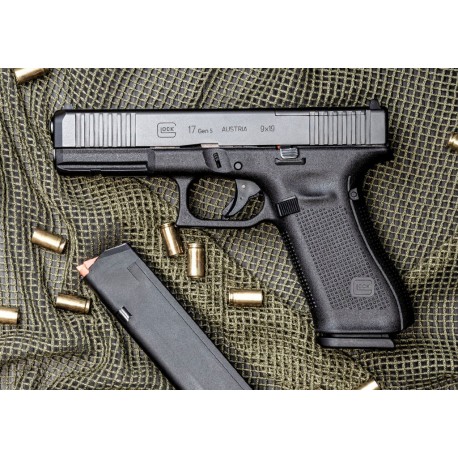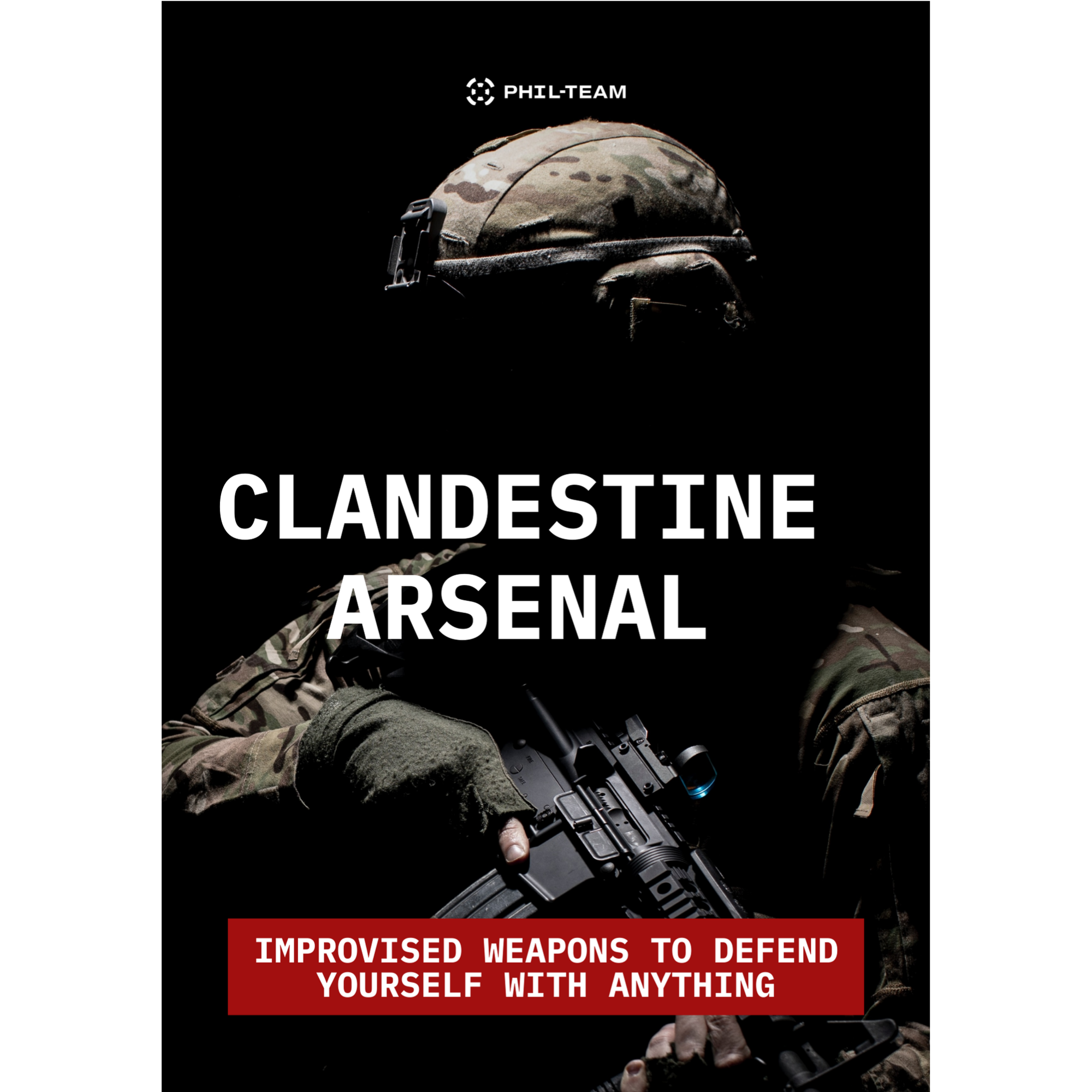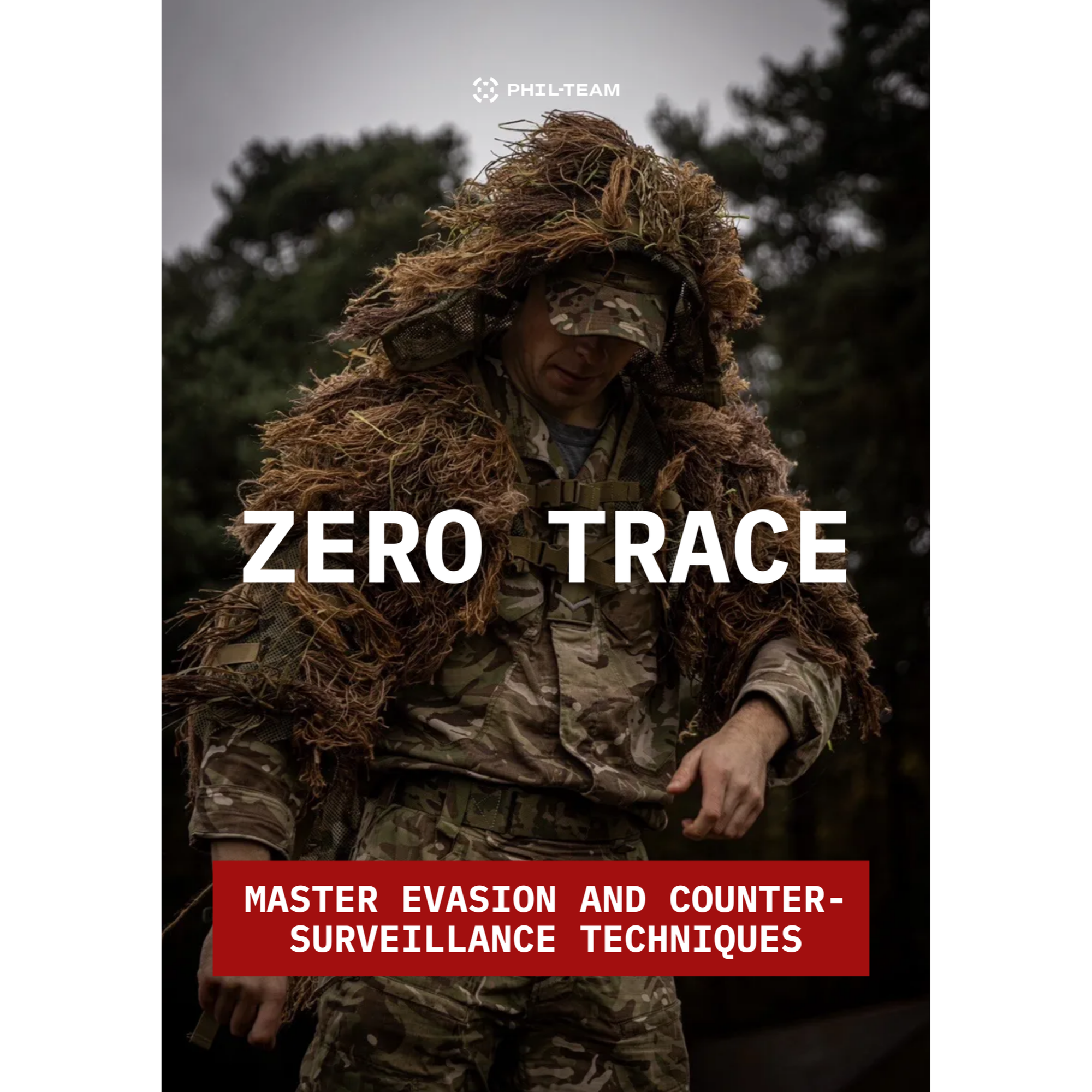The booming global arms trade has produced many excellent handguns over the past hundred years.
Some of the best handguns are over a hundred years old, while others have been in production for less than a decade.
All are excellent defensive and, in some cases, offensive weapons; they can be stored in a homeowner's safe as well as carried by an officer.
Here are five of the best handguns currently in service in the world.
The Colt M1911A1

Designed by prolific gun designer John Moses Browning, and first introduced in 1911, the Colt 1911 pistol was intended to replace the weaker .38 caliber pistols used by the U.S. military during the Philippine Insurrection.
The 1911 was the U.S. military's first semi-automatic handgun, marking a definitive departure from military revolvers.
The original 1911 weighed 2.4 pounds and had a seven-round internal magazine. In 1924, the weapon was updated, primarily for ergonomic reasons, to become the 1911A1.
The 1911A1, while internally complex by modern handgun standards, remains a popular handgun.
The end of the handgun patent, coupled with the weapon's continued usefulness, resulted in nearly every major American gun manufacturer releasing their own version of the handgun.
In 2012, the US Marine Corps Marine Special Operations Command adopted the Colt M45A1, an updated version of the 1911A1, as its standard sidearm.
The Glock 17

The Glock 17 was built around three key ideas: simplicity, reliability, and ease of use. The pistol is easy to disassemble; a simple push of a button removes the slide for cleaning and accesses the barrel.
The Glock passed the Austrian military's reliability test with flying colors, jamming only once in 10,000 shots. The weapon was expressly designed with "pointability" in mind—the pistol's natural ability to act as an extension of the shooter's hand-eye coordination.
Starting with the original Glock 17, capable of carrying seventeen nine-millimeter rounds, the Glock lineup has expanded to cover nearly every semi-automatic caliber, including the .45 ACP, and the weapon has replaced the 1911A1 pistol in organizations such as the Marine Special Operations Command and the U.S. Army's Delta Force.
Smile P226

Developed by the Swiss-German partnership Sig Sauer to replace the M1911A1 in the U.S. armed forces, the Sig P226 failed to win the contract but received a major boost when U.S. Navy SEALs rejected their Beretta M9 pistols in favor of the Sig.
The P226 was an evolution of the Sig P220, a post-war favorite of Western and Western-oriented militaries (such as Japan) around the world.
The pistol is a so-called double-action model, meaning that a single long pull of the trigger both cocks the pistol and releases the firing pin, thus firing the pistol.
Users can also use the Sig in single-action mode, in which the pistol is manually cocked and a shorter trigger pull releases the firing pin.
The pistol is equipped with a side decocker allowing the hammer to be lowered without firing.
The Sig Sauer P226 was used by the US Navy SEALs for twenty-eight years, before being replaced by the compact version of the Glock 17, the Glock 19.
Le Smith & Wesson M&P

Smith & Wesson is one of the oldest names in the American firearms industry.
Although the company is best known for its revolvers, it was inevitable that it would release a Glock-style polymer handgun. The result, the M&P (Military and Police), was a huge success in its own right.
Introduced in 2005, the M&P features a steel-reinforced polymer frame and a stainless steel slide.
The M&P was one of the first pistols to offer three interchangeable palm bulges, allowing the user to configure the pistol to best fit their hand.
The M&P also features an ambidextrous slide catch and magazine release. Unlike the Glock, the M&P can be disassembled without pulling the trigger.
The M&P is available in several mid-size pistol calibers, including nine millimeter, 357 Sig, and .40 Smith & Wesson, as well as .45 ACP. The M&P is primarily used by law enforcement agencies in the United States and abroad.
Le CZ 75

One of the world's finest handguns wasn't even available to amateur shooters for most of the Cold War.
The CZ 75 pistol, introduced in 1975, borrows heavily from John Moses Browning's last pistol model, the Browning Hi-Power, both externally and internally, but it is not a copy and has significant differences.
The nine-millimeter pistol could carry up to sixteen rounds, making it one of the largest-capacity handguns of its time.
Locked behind the Iron Curtain and unable to secure contracts with the Czechoslovak government, the CZ 75 failed to gain a following before the fall of the Berlin Wall in 1989.
Today, the pistol is available in an updated form, the CZ 75BD, with a firing pin safety, decocking lever, and underbarrel accessory rail, and available in a variety of mid-size handgun calibers.















0 comments